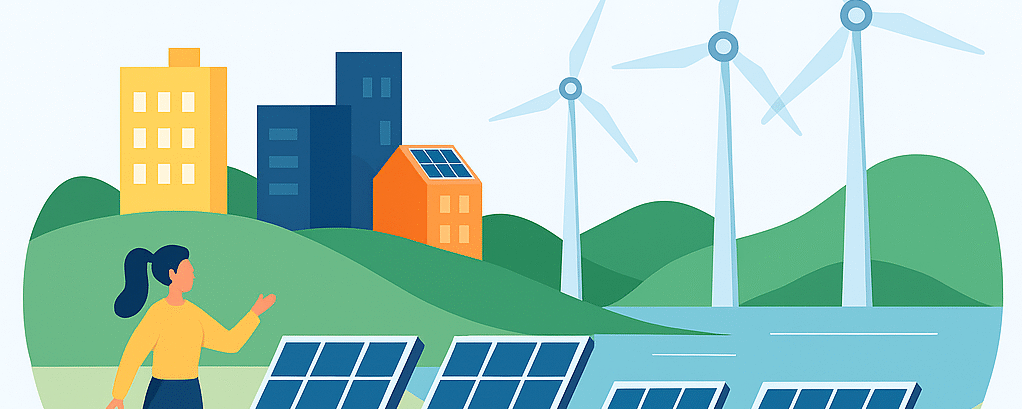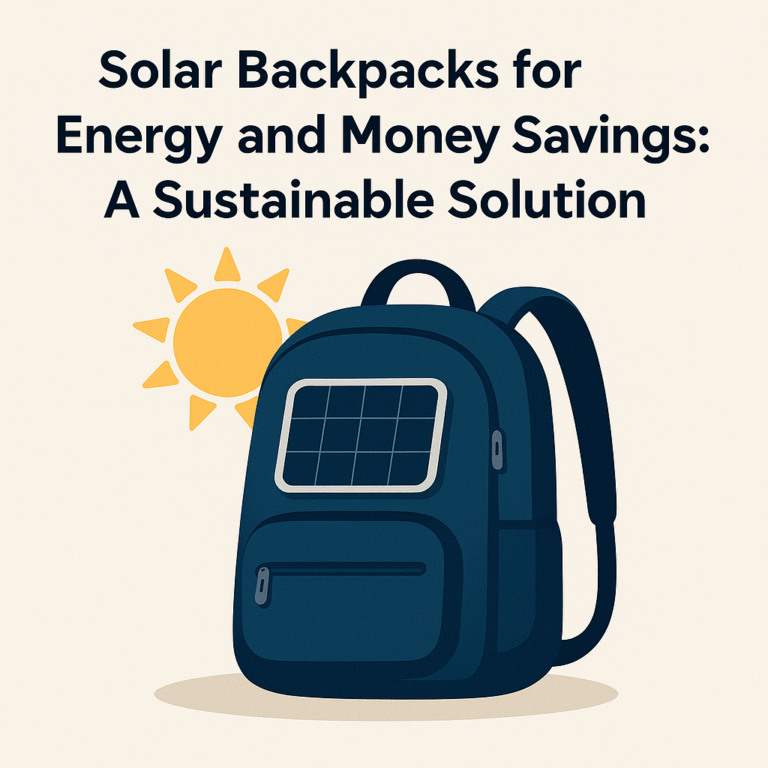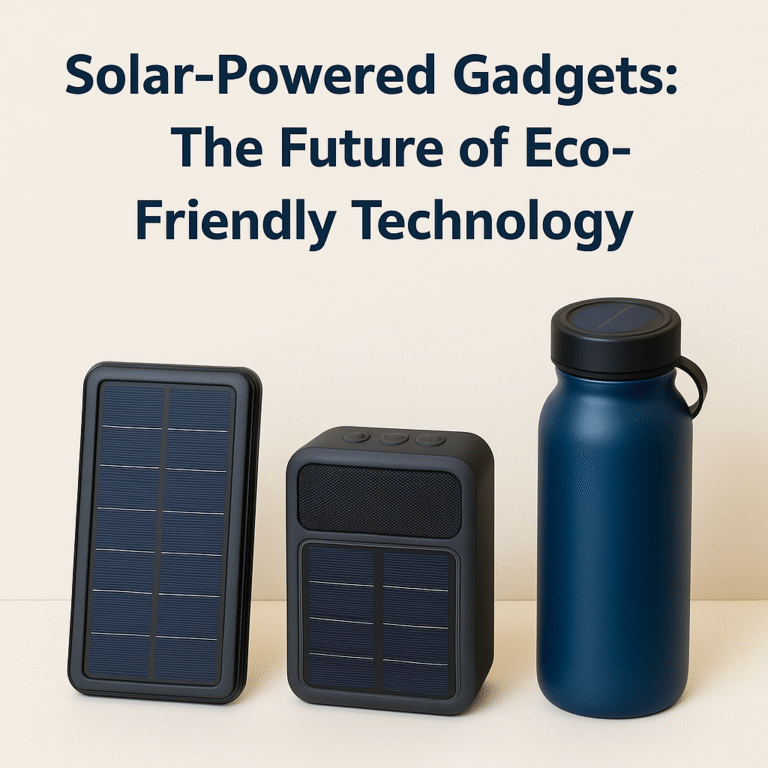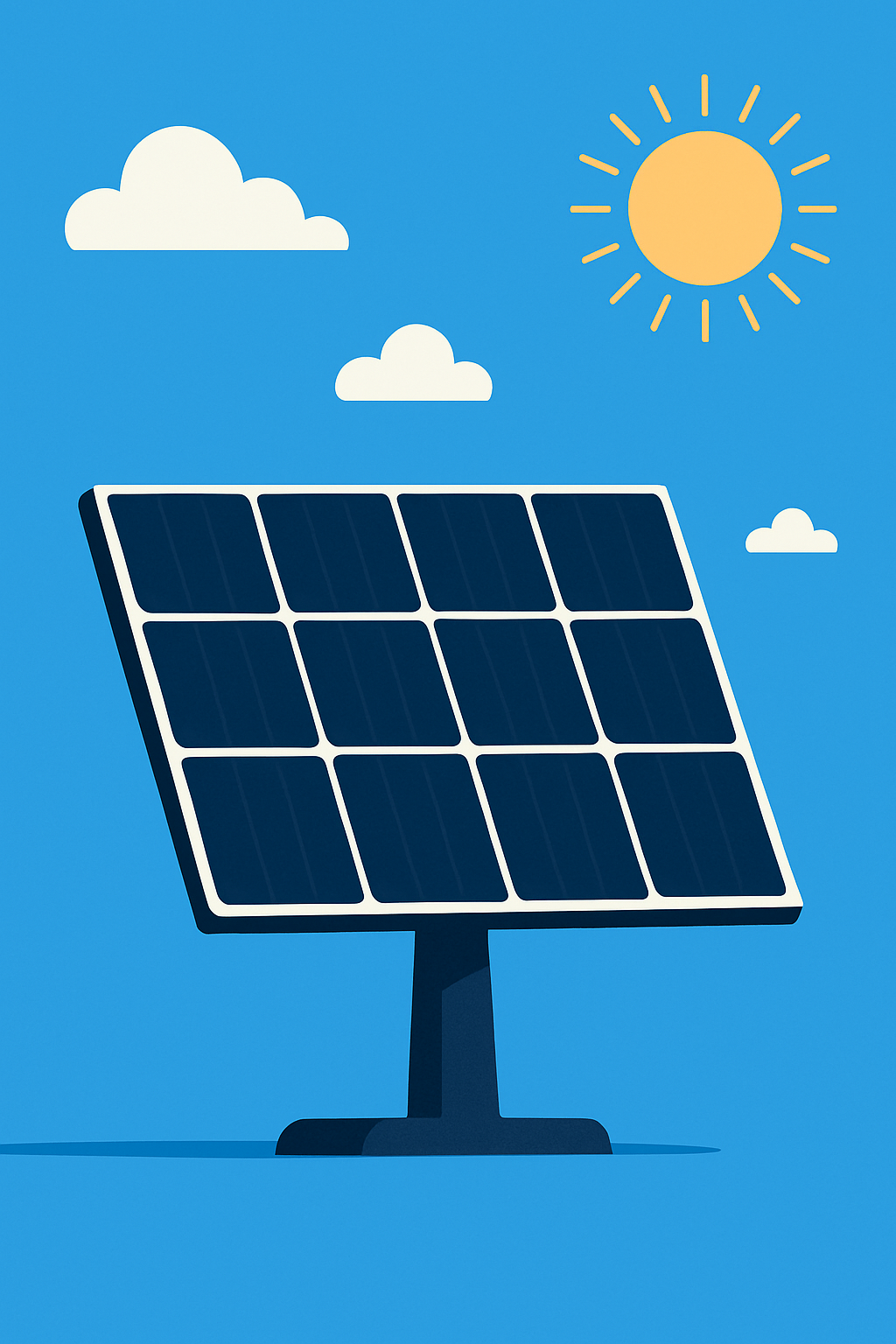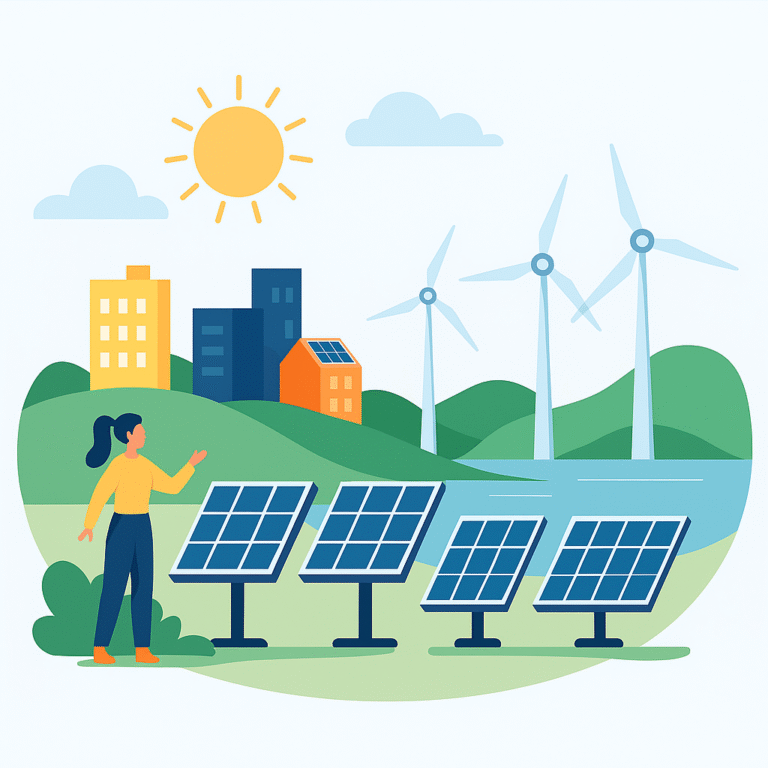Affordable Solar Backpacks for Camping: Stay Powered Without Breaking the Bank
Affordable Solar Backpacks for Camping: Stay Powered Without Breaking the Bank Camping under the stars is a timeless adventure, but staying connected and powered can be a challenge. Enter the Affordable Solar Backpacks for Camping—an ingenious solution for modern explorers who value sustainability and convenience. These backpacks harness the sun’s energy, allowing you to charge…
